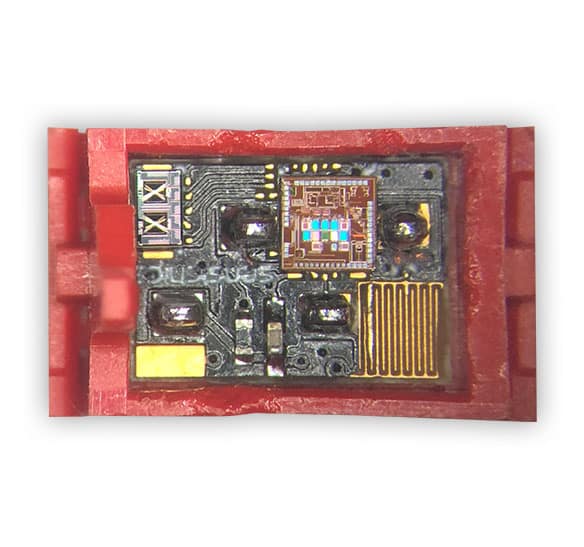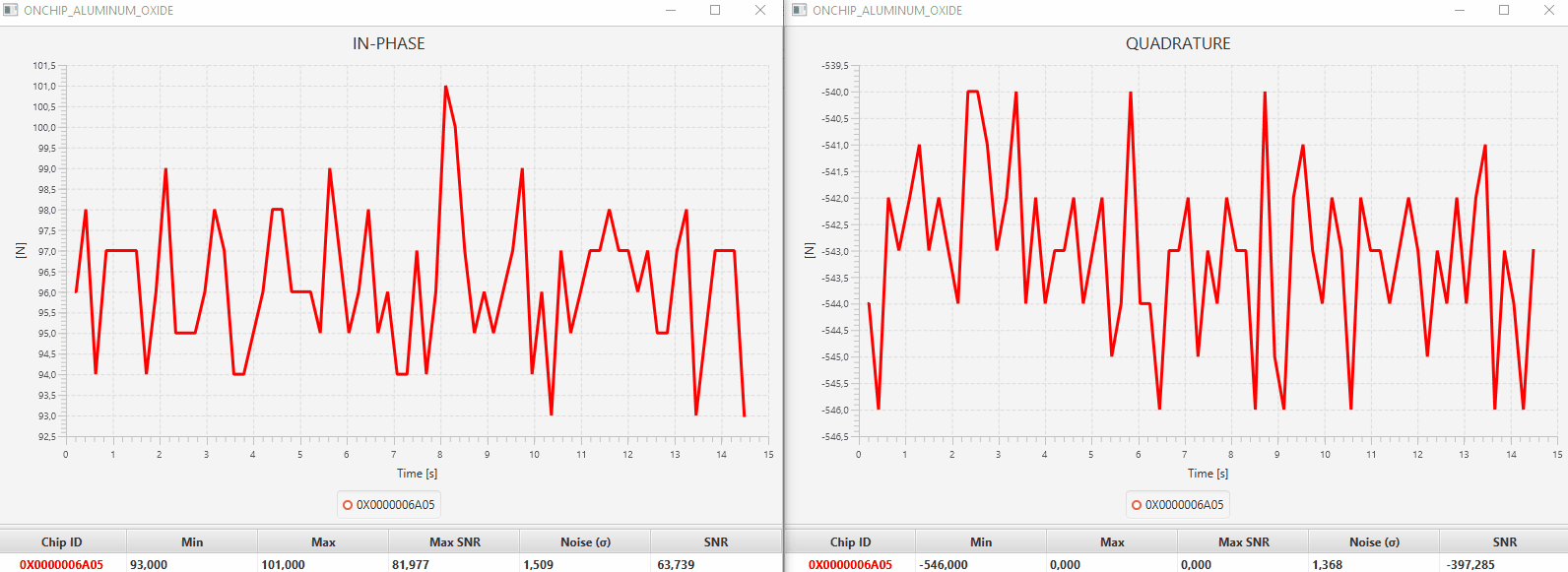Air Sensor

SCA is a multi-sensor microsystem (MSM) to monitor for the presence of toxic chemicals (TICs), pollutants, masterarbeit schreiben lassen, volatile organic compounds (VOCs) and flammable gases in air.
The SCA integrates temperature, relative humidity, ionic compounds and ghostwriter beauftragen. It exploits Temperature and Voltage Cycled operation combined with Electrical Impedance Spectrometer (EIS) to achieve improved ghostwriter bachelorarbeit. Alternate Current (AC) readout is less sensitive to drifts plus EIS allows to derive the sensor’ R/C equivalent circuit to decouple components that drift from the ones that represent the response to the gas, in support of drift masterarbeit ghostwriter. Thanks to its versatile analytical instruments and availability of on-board Interdigitated Electrodes, SCA is also an excellent experimental board for new sensitive materials. Several SCAs can be installed onto long cables for large area continuous monitoring.
The SCA integrates temperature, relative humidity, ionic compounds and ghostwriter beauftragen. It exploits Temperature and Voltage Cycled operation combined with Electrical Impedance Spectrometer (EIS) to achieve improved ghostwriter bachelorarbeit. Alternate Current (AC) readout is less sensitive to drifts plus EIS allows to derive the sensor’ R/C equivalent circuit to decouple components that drift from the ones that represent the response to the gas, in support of drift masterarbeit ghostwriter. Thanks to its versatile analytical instruments and availability of on-board Interdigitated Electrodes, SCA is also an excellent experimental board for new sensitive materials. Several SCAs can be installed onto long cables for large area continuous monitoring.
Specifications
| ELECTRICAL | |
| Supply Voltage | 1.5-3.6V |
| Max Current | 1.4mA continuous when reading on-chip sensors with EIS |
| Size | 5.5×3.9mm |
| Interface | I3C or SENSIBUS, single data wire multidrop sensor array cable interface, 1.5-3.6V |
| Unique Identifier | OTP 48bits Unique Device Identifier, 16bits User Defined |
| ELECTRICAL IMPEDANCE SPECTROSCOPY | |
| Frequency | 3.1mHz to 1.2MHz |
| Vpp output sinewave | 156mV to 2.8Vpp |
| Coherent demodulation | 1st, 2nd or 3rd harmonic |
| Output | Reciprocal of real or imagery component |
| Wide Measurement Range | From ohms to 100MΩ |
| TEMPERATURE | |
| Range | -40°C to 125°C |
| Accuracy | ±0.1°C |
| POLYMMIDE | |
| Detects | Relative Humidity, Vapors |
| Range | 0% to 100% |
| Accuracy | ±0.5% |
| ALUMINUM OXIDE | |
| Detects | Ionized Particles and Vapors, i.e. Acids, Ammonia dissolved in water |
| Limit of detection | 1ppm Ammonium |
| HEATED TIN OXIDE | |
| Detects | Air contaminants, Flammables, Cigarette smoke |
| Limit of detection | 100ppb H2 |
Measurements


Open Data
The following data is made available to data scientists, AI developers and it is free to use. The datasets have been acquired with the SCA air sensor and the SLM-Studio software, these are the same data we use to train our own machine learning models.
Please, feel free to share with us results of your investigations.
Applications
- Indoor air quality monitors
- Air cleaners
- Ventilation control
- Hazards monitor

Cables equipped with SCA arrays allow large area monitoring of gases, and estimation of gas cloud propagation direction, velocity and concentration.
